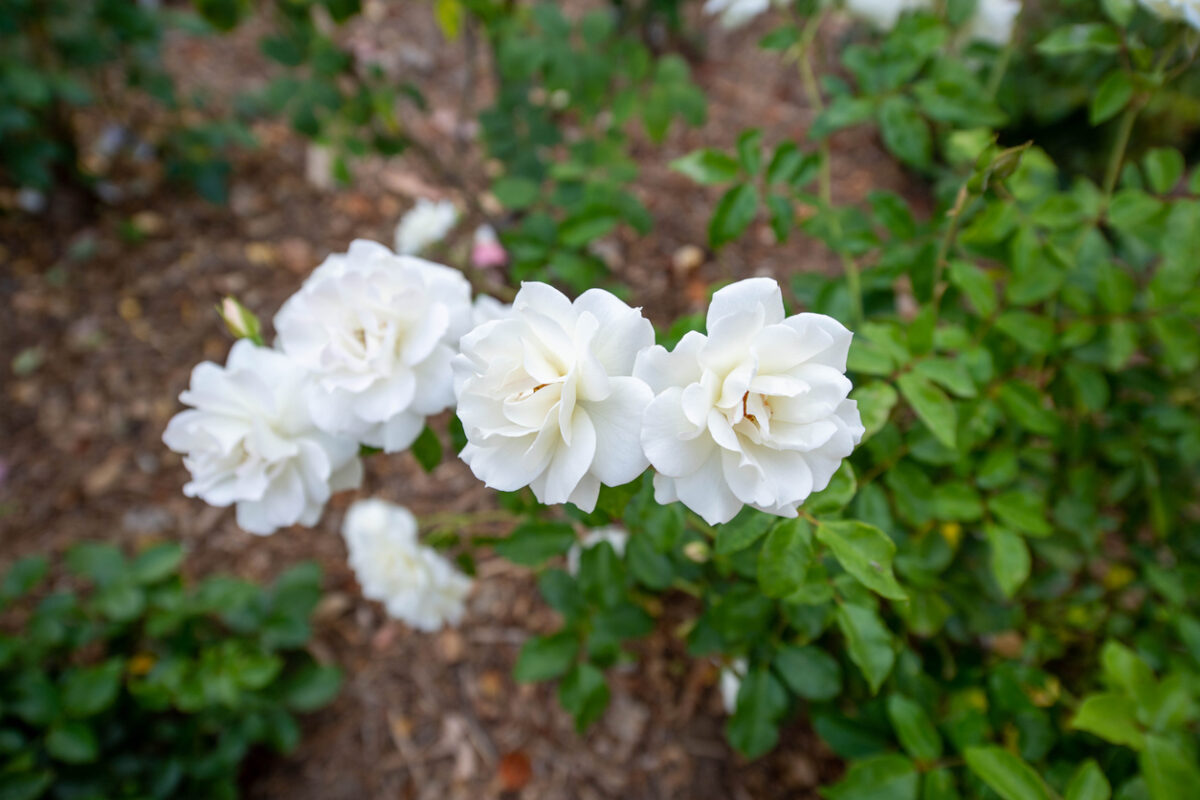

We may earn revenue from the products available on this page and participate in affiliate programs. Learn More ›
Since most annuals and perennials can be more easily propagated by seed, this list of plants to grow from cuttings mostly concentrates on larger trees and shrubs. However, a few herbs that must be struck rather than sown are included, along with annuals that root easily. For the best results, use a sterile “soil” such as seed-starting mix, and mind that almost every kind of cutting should receive bright, indirect light.
Before you get busy propagating, let’s first take a look at the types of cuttings you can take.
4 Types of Outdoor Plant Cuttings to Know
- Softwood cuttings are taken in late spring from the soft growth at the tips of new shoots and should be 2 to 3 inches long.
- Greenwood cuttings are taken between late spring and midsummer, when the new growth has firmed up a bit, and should be 3 to 4 inches long.
- Semi-ripe cuttings are taken from late summer to early autumn, when that year’s growth has begun to harden, and should be 4 to 6 inches long.
- Hardwood cuttings are taken during the plant’s dormant period after the leaves fall in autumn, and they should be at least 8 inches long.
RELATED: 25 Easy-Care Plants That Survive With or Without You
1. Bay Tree (Laurus nobilis)
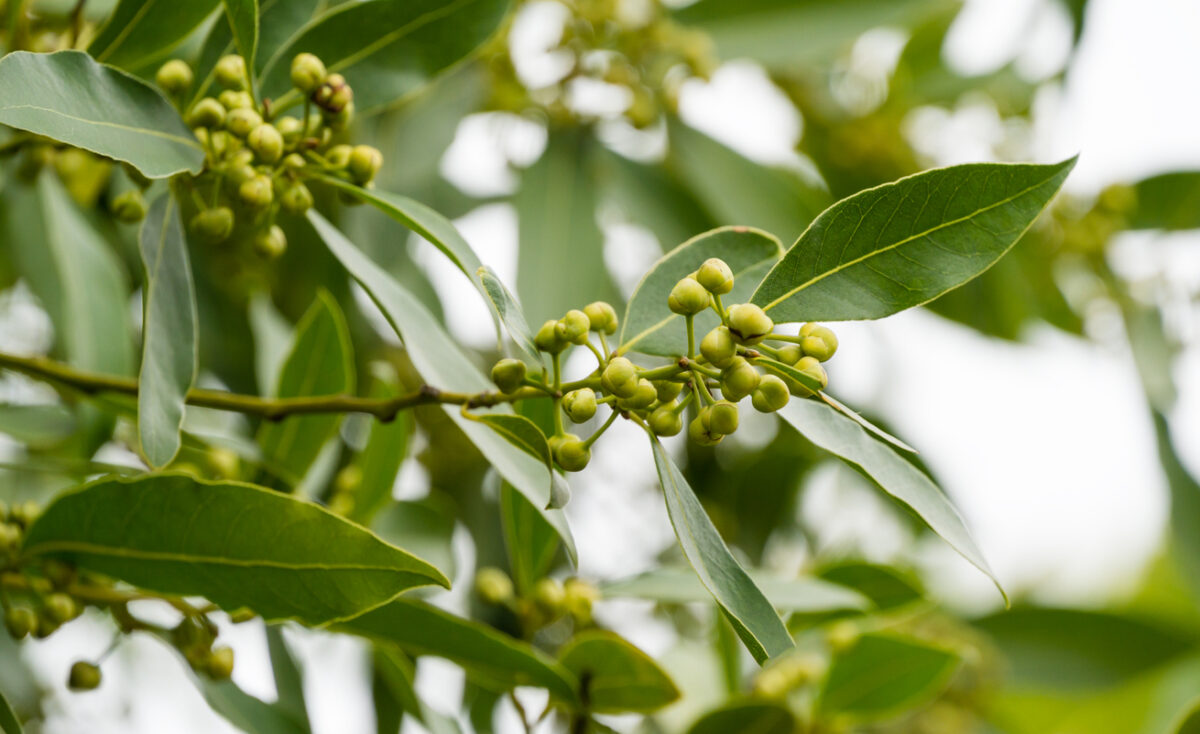
Nothing flourishes like a green bay tree once it gets growing (according to scripture), but the attempt to start one may leave you needing a Bayer! An outdoor plant in USDA zones 8b through 10, the bay tree can be challenging to propagate from either seed or cuttings. A neighbor who owns one might be able to give you an already rooted sucker. Otherwise, try semi-ripe cuttings—snapping them rather than snipping them from the tree. Treat them with rooting hormone. If you succeed, you deserve to rest on your Laurus!
2. Beauty Bush (Kolkwitzia amabilis)
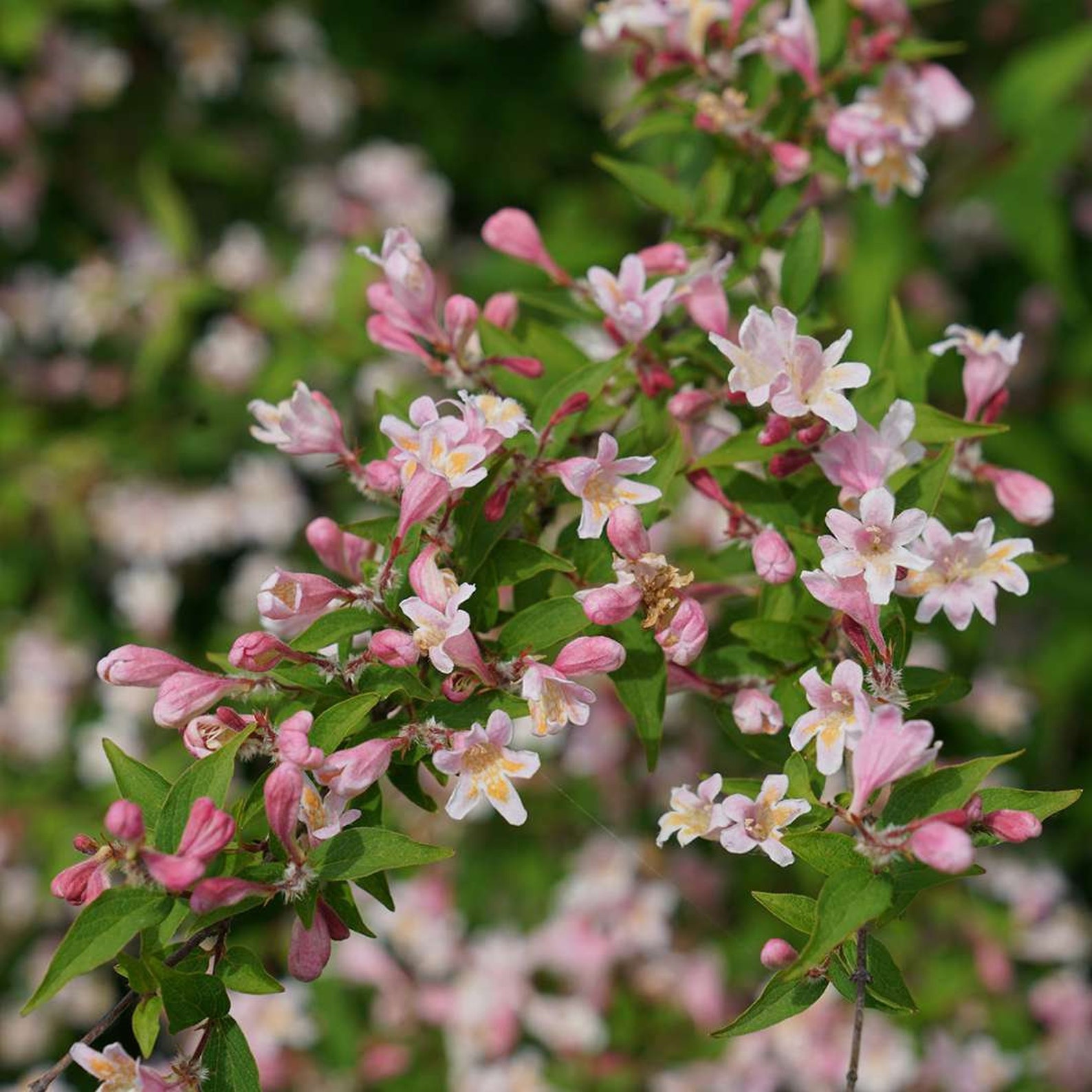
Part of the beauty bush’s beauty—in addition to its fountain of spring-blooming bell-shaped pink flowers—is that its cuttings root easily within a month to 6 weeks. Take softwood or semi-ripe cuttings that each contain at least three leaf nodes. Speaking of three, the bush can take that many years to bloom after your propagation efforts, so be patient with it.
3. Busy Lizzy (Impatiens)
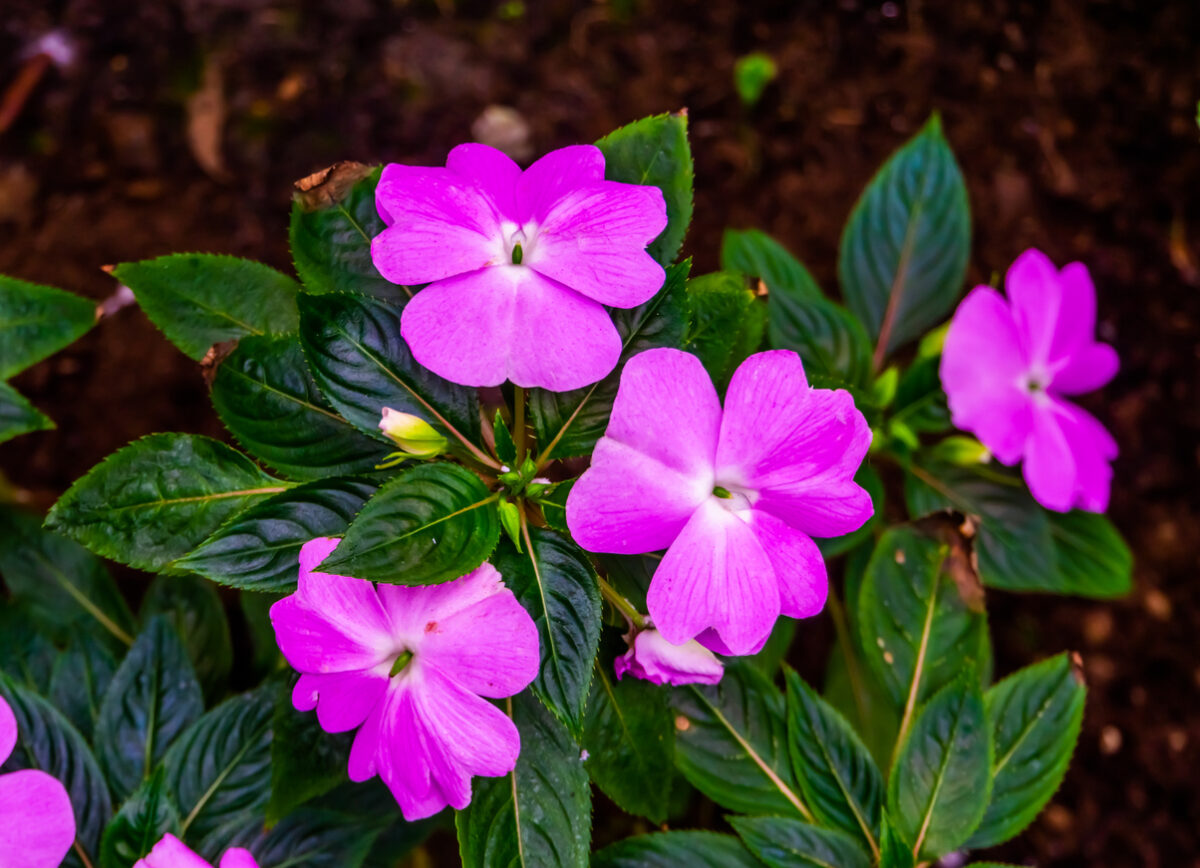
If you want to fill in empty places in your shady bed with annuals, keep in mind that Busy Lizzy is among the easiest of plants to propagate. “Her” softwood cuttings, preferably 2 to 3 inches tall, will begin making roots soon after you place them in a glass of water on your windowsill. Just make sure that you remove the lower leaves first and keep enough water in the glass to cover the nodes from which those leaves were stripped. If you prefer, you can use a transparent container full of damp perlite to anchor the cuttings instead.
4. Dogwood (Cornus)
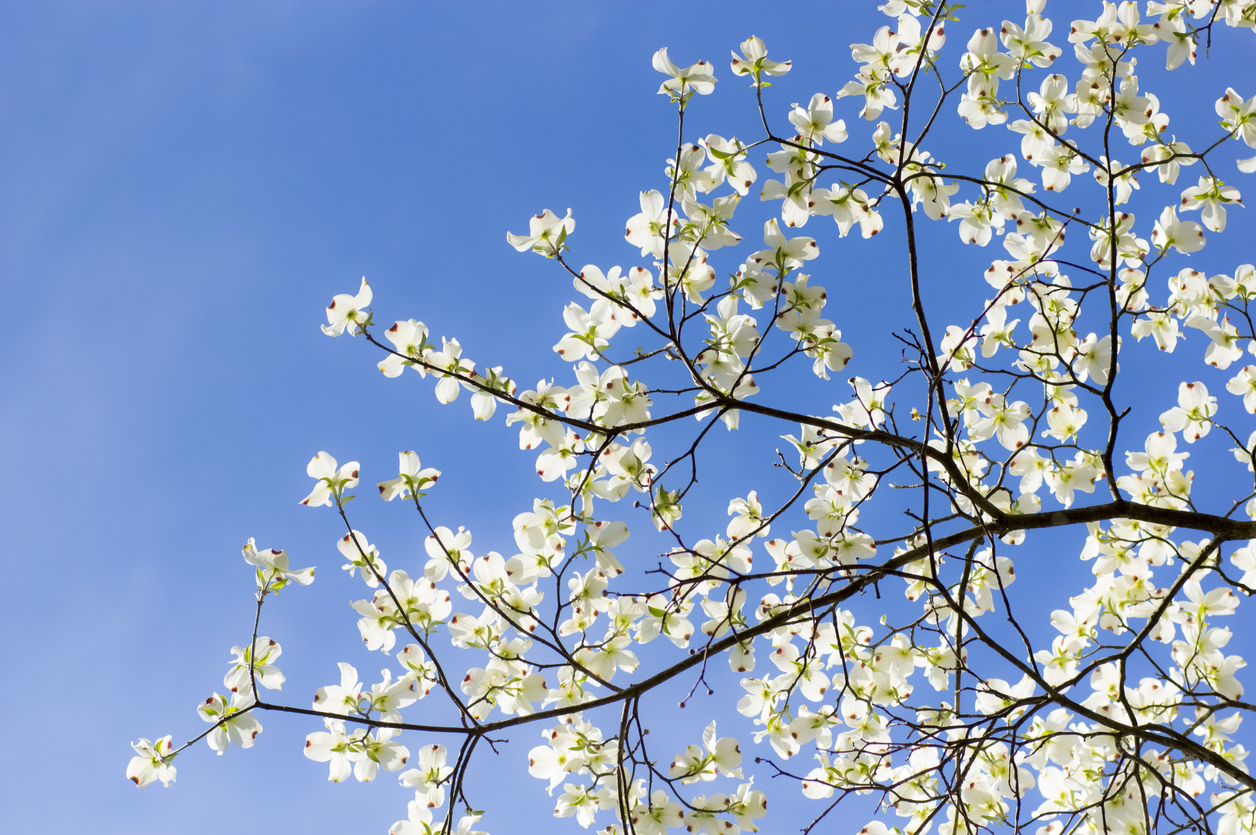
For deciduous dogwood shrubs, take short softwood cuttings about 2 inches long in spring at about the time you see small pores forming on the shoots. To propagate types grown for their colorful winter stems, select 8-inch hardwood cuttings in autumn and keep them potted up in a sheltered location—such as a cold frame—over winter. You won’t have to be too dogged since, with the help of rooting hormone, some dogwoods can root within a month.
5. Flowering Maple (Abutilon)
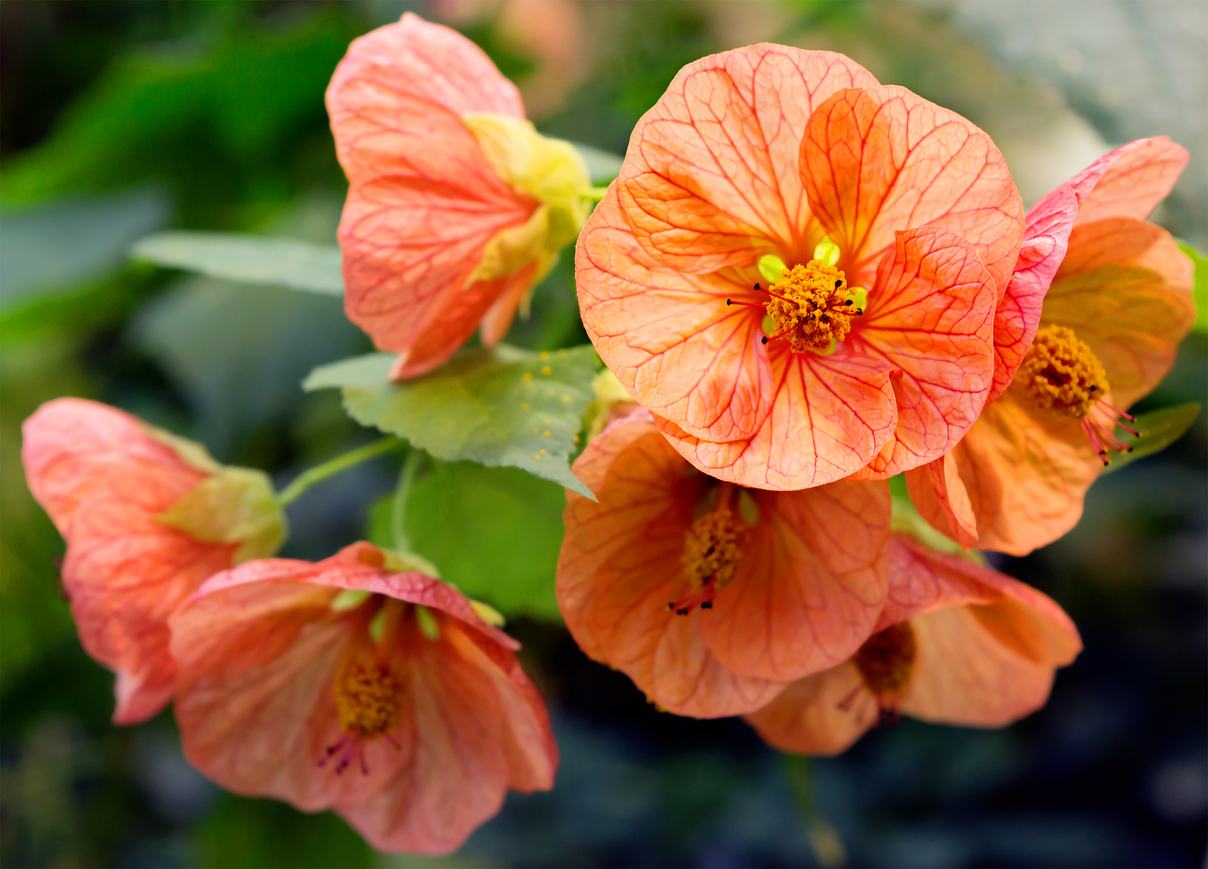
Outdoor plants in USDA zones 8 through 11 (and often grown as houseplants elsewhere), flowering maples will root well from almost any type of cutting at any time of year. Since only species types come true from seed, cultivars require cuttings. If you intend to try the hardwood type during winter, protect it from freezing temperatures.
6. Forsythia

Forsythia also is a ready rooter, not picky about times or cutting types and often “striking” in 2 to 4 weeks. It’s even easier to propagate the shrub from pinned-down shoots still attached to the plant in a process called layering. This is not air layering, but the “simple” kind. Although rooting takes longer that way, it doesn’t require pots or pother.
7. French Tarragon (Artemisia dracunculus ‘Sativa’)
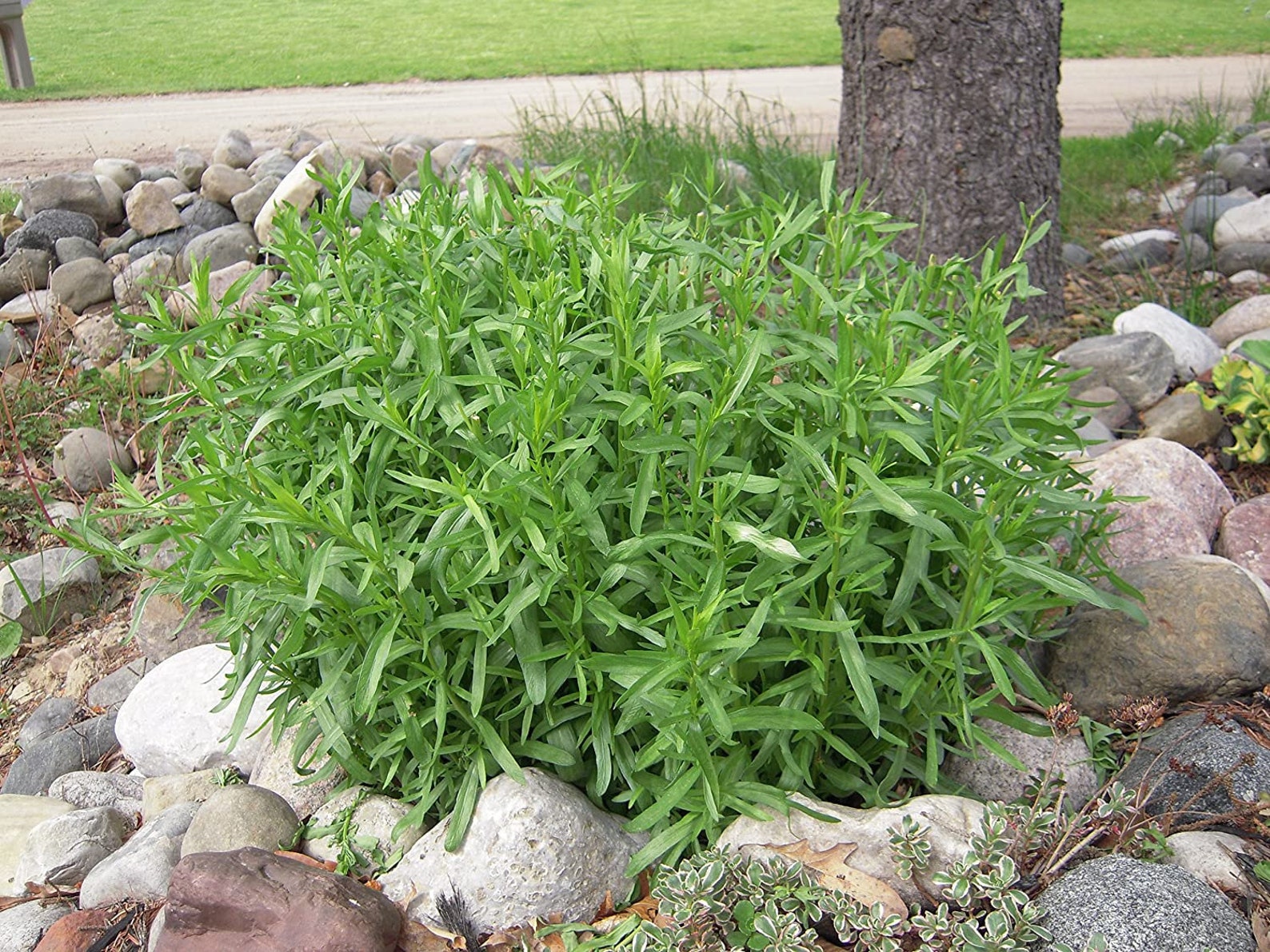
French tarragon can’t be grown from seed, though there’s not a consensus if that’s because the plant seldom blooms or because its seeds are sterile. At any rate, you’ll probably need to use cuttings if you want to propagate it—preferably 6-inch softwood cuttings taken in spring, similar to propagating rosemary. Dip the cuttings’ bases in rooting hormone.
RELATED: What Is “Bright, Indirect Light,” Anyway?
8. Fuchsia
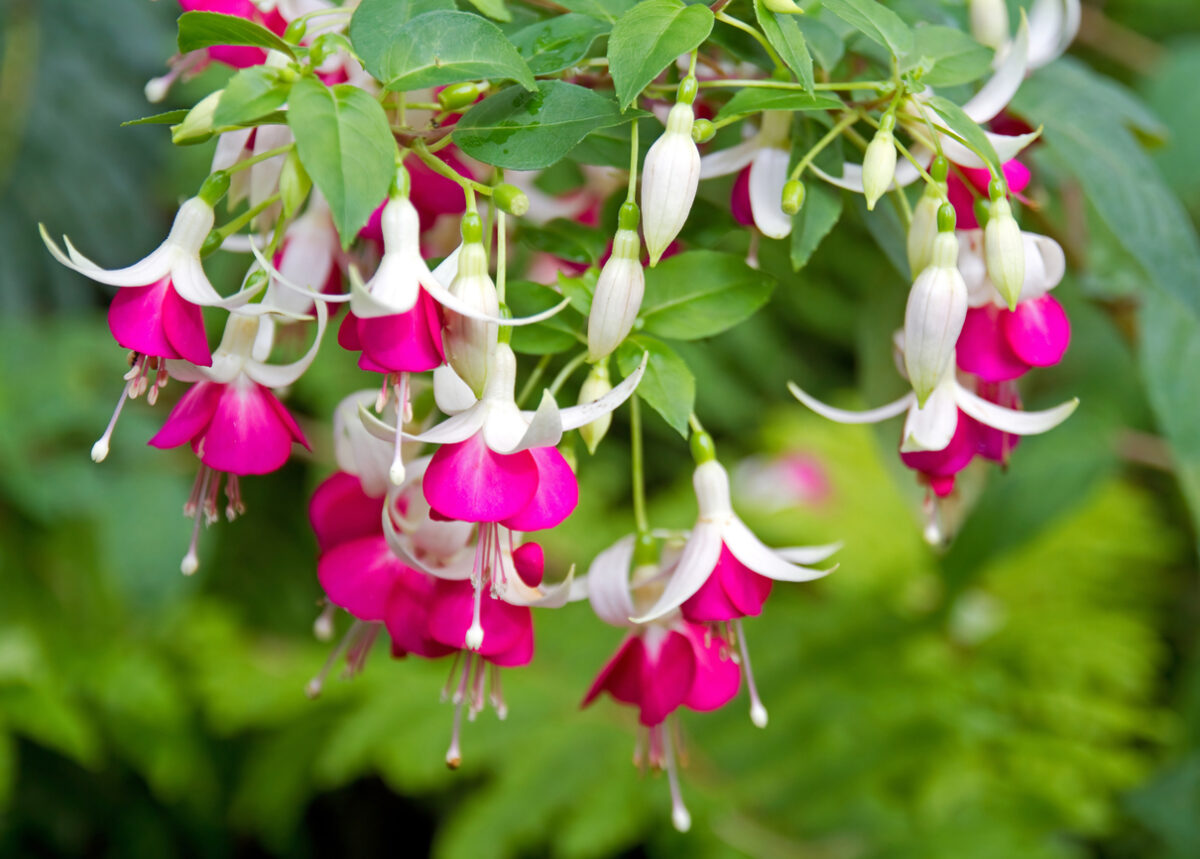
As Plant Propagation, edited by Alan Toogood, notes about fuchsia, “It is almost impossible for cuttings of the deciduous and evergreen shrubs and climbers in this genus to fail.” So, you usually can get away with popping softwood cuttings into a glass of water as you do for impatiens. But fuchsia cuttings also will root quite amiably in soil or even damp florists’ foam, often within about 10 days.
9. Gardenia
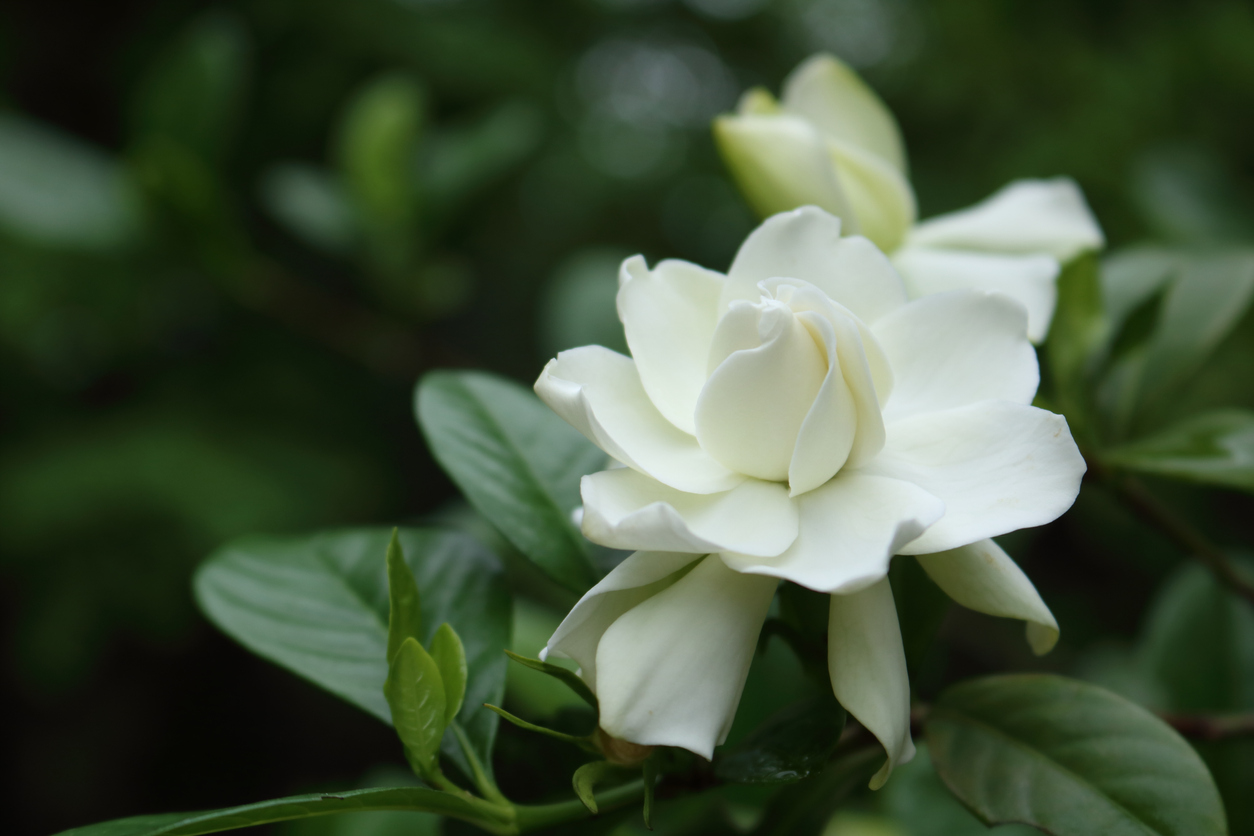
Gardenia can be difficult to grow from seeds, unless those seeds are fresh. Sometimes it’s difficult to grow, period! But its greenwood or semi-ripe cuttings root fairly easily within 6 to 8 weeks. Because gardenias don’t like having their roots disturbed, give each cutting its own small pot or cell of soil rather than crowding them together in one container.
10. Glory Bower (Clerodendrum)
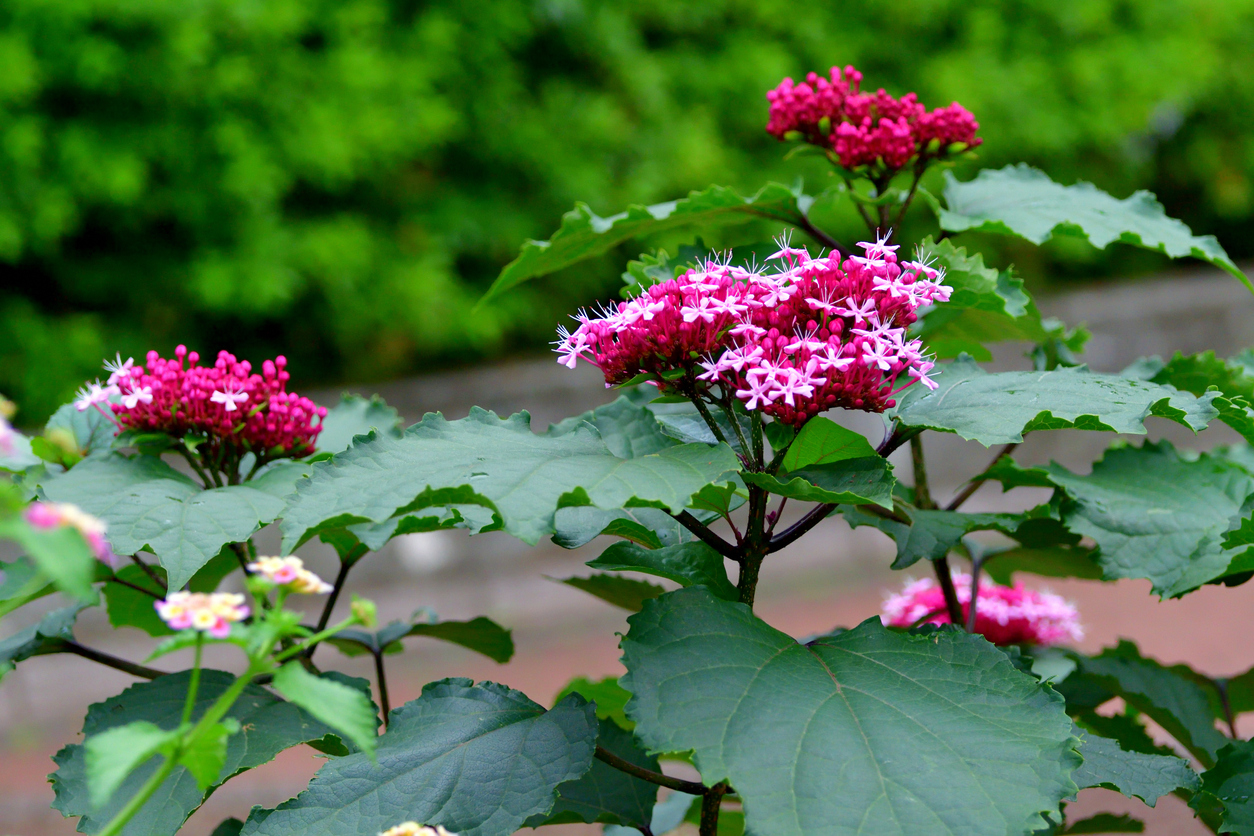
Clerodendrum cuttings root easily in 3 to 6 weeks, whether you choose softwood or semi-ripe cuttings. Because many species of those shrubs sucker freely, however, it often is easier just to dig up one of those offshoots, which should already come complete with roots, for a glory bower that doesn’t cost you any bother.
11. Hibiscus
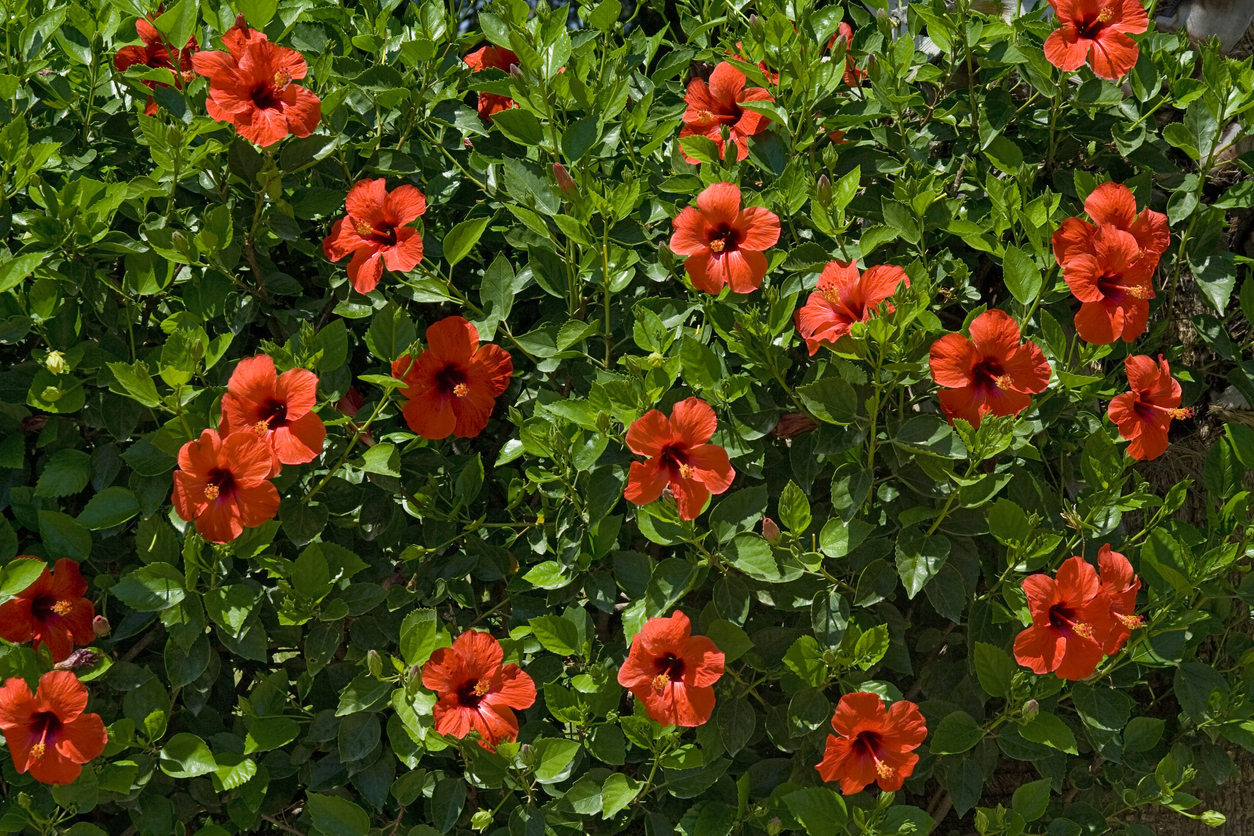
Hibiscus shrubs, including Rose of Sharon and the tropical Hibiscus rosa-sinensis, usually root in 4 or 5 weeks from softwood or semi-ripe cuttings. Rose of Sharon also may root from hardwood cuttings—if they aren’t allowed to freeze. Rooting hormone helps but isn’t always necessary for these plants known for their showy blooms.
12. Hydrangea
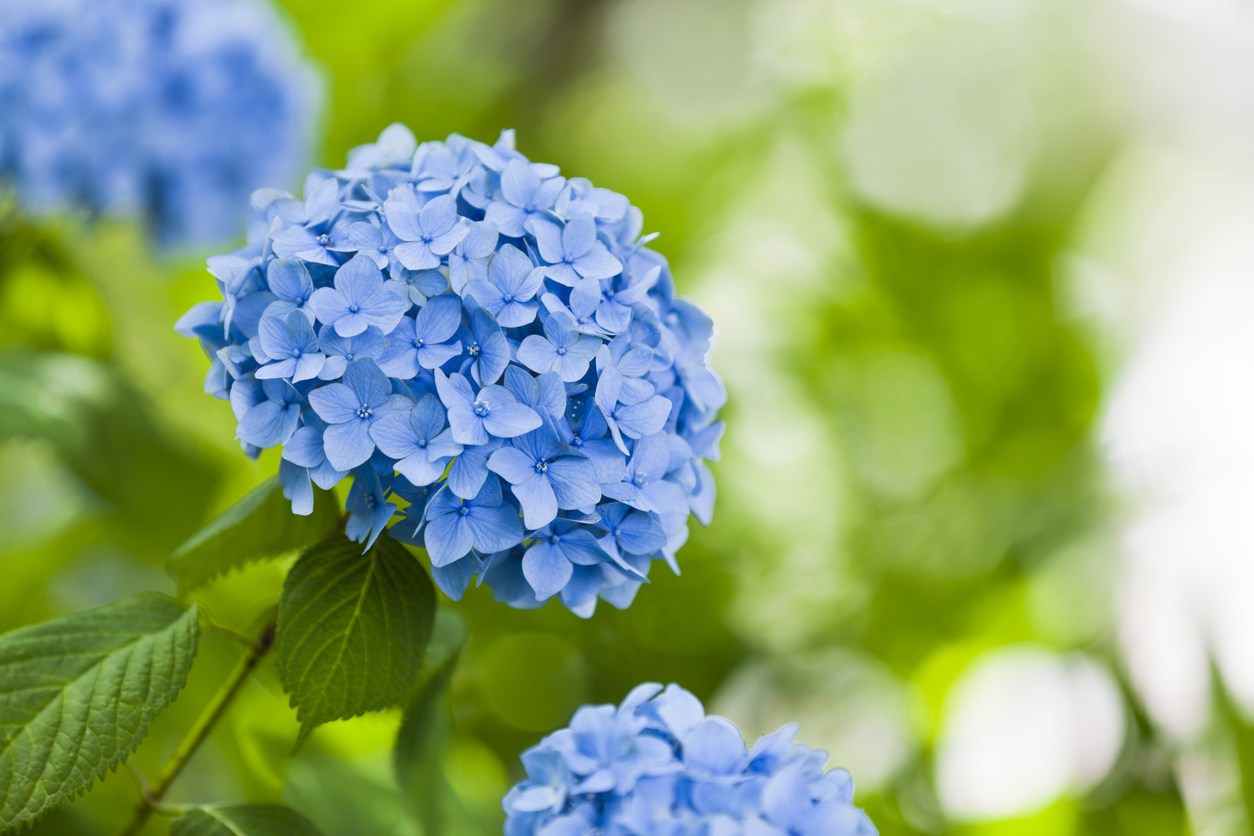
Most hydrangeas, except the climbing and oak-leafed types, propagate easily from any types of cuttings at any time of year, if kept at temperatures above freezing. As for the exceptions, climbing hydrangea reproduces well through layering, and the oak-leaved type through seeds. Other hydrangeas usually take only 2 to 4 weeks to put down roots from cuttings.
13. Holly (Ilex)
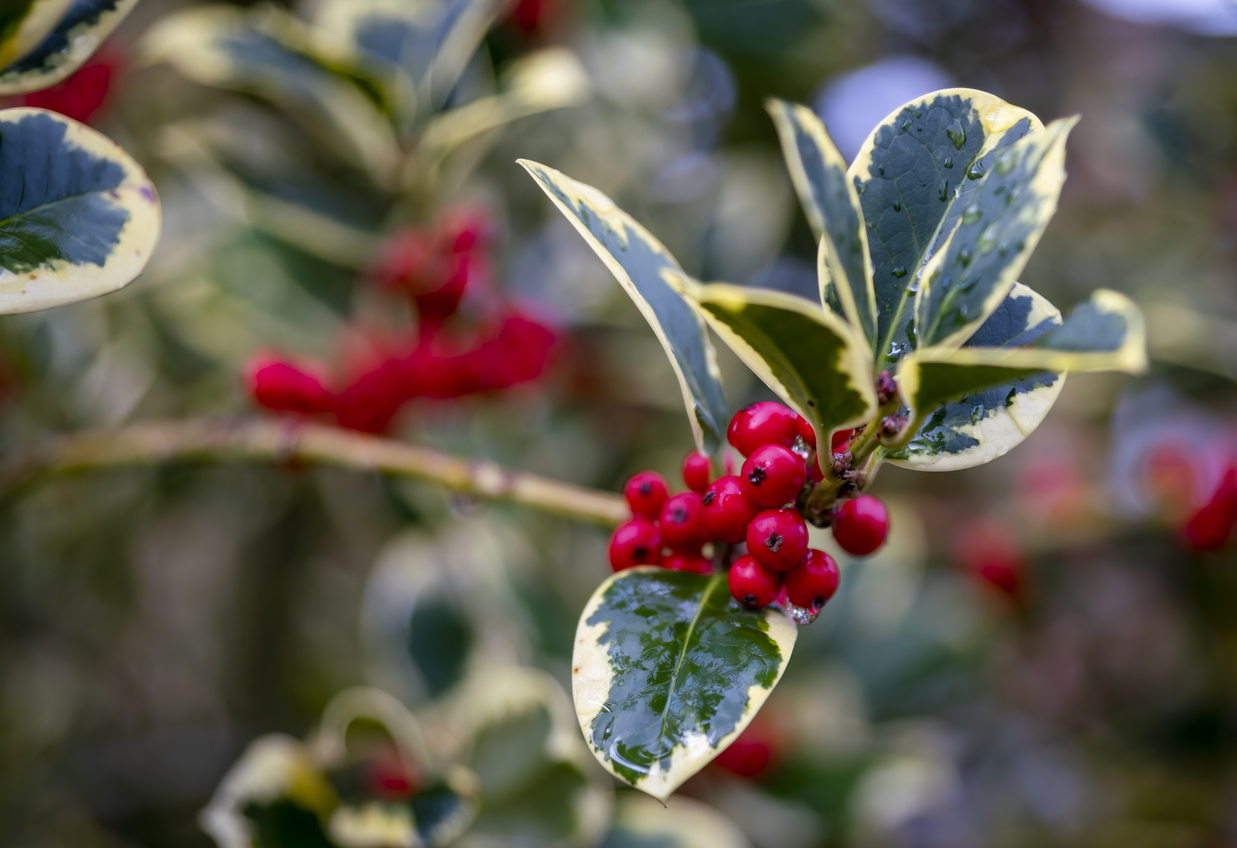
If you are into decking the halls during the holidays, you’ll want to increase your supply of holly. Though, you might want to check first to see whether your bushes have already multiplied via the seeds in their berries. For evergreen types, use 3-inch semi-ripe or hardwood cuttings, making a wound about ¾ inch long at the base of each cutting by peeling away a strip of bark to reveal the cambium. Skip the wound for deciduous hollies, which should root within 2 months. Evergreen types may take 3 months to root.
14. Jasmine (Jasminum)

If you want to jazz up your landscape with the unforgettable scent of jasmine, you are in luck. If treated with rooting hormone, most jasmines can root within a month from softwood or semi-ripe cuttings. However, it’s a good idea to opt for hardwood cuttings instead with Jasminum officinale and J. nudiflorum, keeping them in a site protected from frost.
RELATED: 19 Plants You Should Never Grow in Your Yard
15. Lemon Verbena (Aloysia citrodora)

Because lemon verbena seeds aren’t readily available and reportedly slow to germinate, most specimens of this citrus-scented herb are grown from cuttings. It’s one of those plants that can be highly successful for some gardeners and a real lemon for others! For the best results, take softwood or semi-ripe cuttings in spring or summer.
16. Magnolia

Take 3- to 5-inch softwood or greenwood cuttings in spring or early summer for deciduous magnolias, semi-ripe cuttings in late summer for evergreen types, and remember to keep them shaded. (Magnolias are especially prone to burning.) Avoid the most difficult-to-root types, such as Magnolia campbellii and M. macrophylla.
17. Mock Orange (Philadelphus)
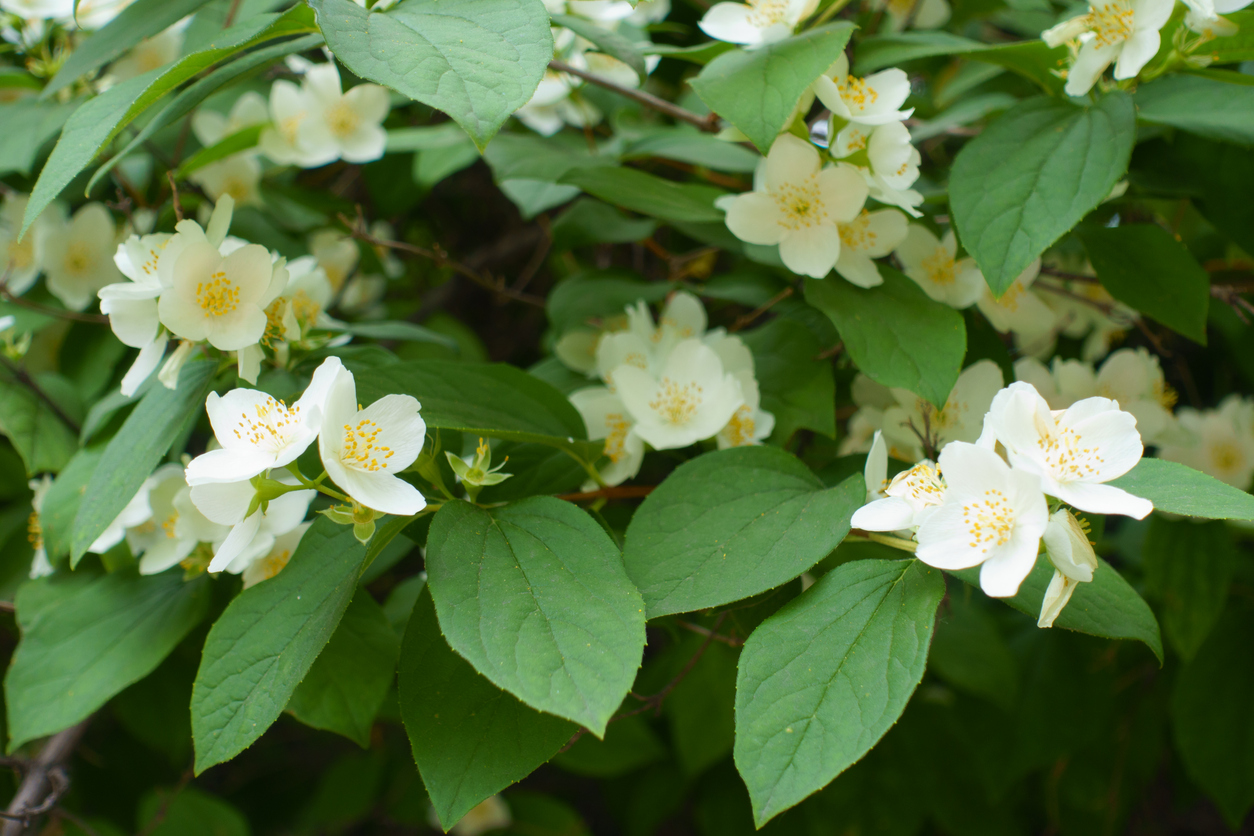
Mock orange won’t mock your efforts; the adjective in its name actually means “not authentic,” pointing out that its white blooms aren’t real orange blossoms despite the resemblance. It is relatively easy to root from 3-inch softwood or semi-ripe cuttings. If you opt for hardwood cuttings instead, you’ll want to keep them in a frost-free location like a greenhouse over winter.
18. Mum (Chrysanthemum)
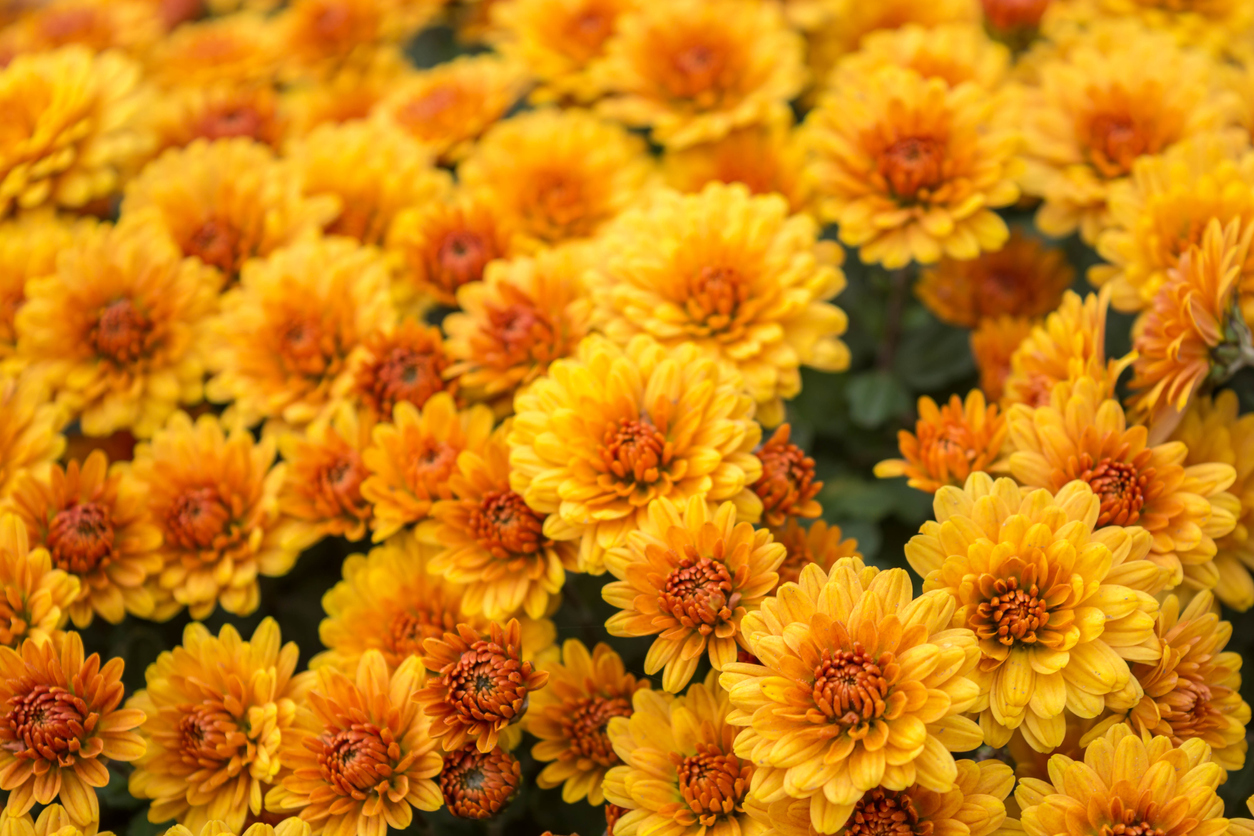
Among the easiest of plants to increase, as proven by the thousands that go for sale every autumn, mums should be propagated in spring and summer with 2- to 3-inch softwood or greenwood cuttings. Since it’s a good idea to cut back the plants in early summer, anyway, that’s a good time to stick some of your trimmings in damp soil or perlite to root within 3 to 4 weeks.
19. Rhododendron and Azalea (Rhododendron)
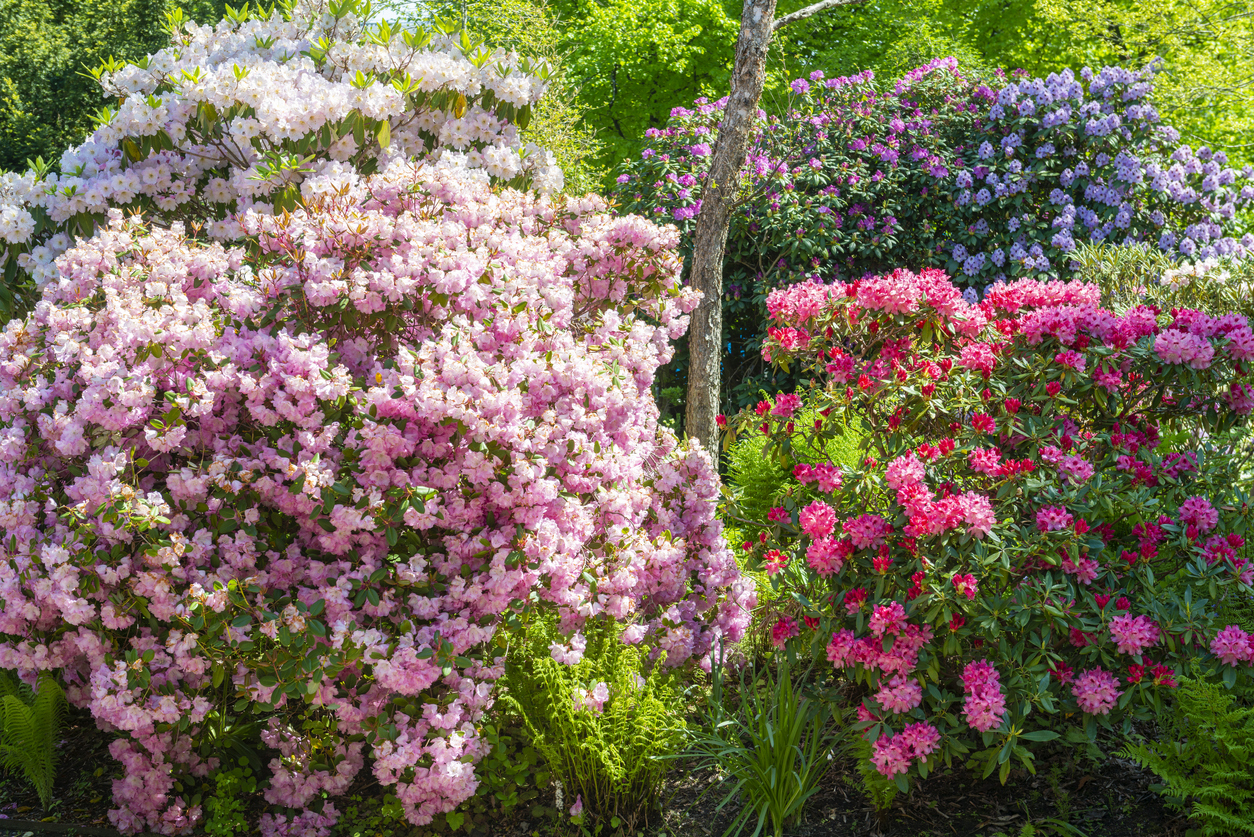
Both of these plants derive from the same genus, so their treatment is similar. For deciduous azaleas, take softwood cuttings in spring. For evergreen azaleas and rhododendrons, begin later in the year with greenwood or semi-ripe cuttings. On large-leaf types, remove about half of each leaf and use the previously mentioned “wounding” on the stems of semi-ripe cuttings. Rooting often takes 8 to 10 weeks for the deciduous cultivars, 10 to 15 weeks for the evergreen varieties.
20. Spiraea
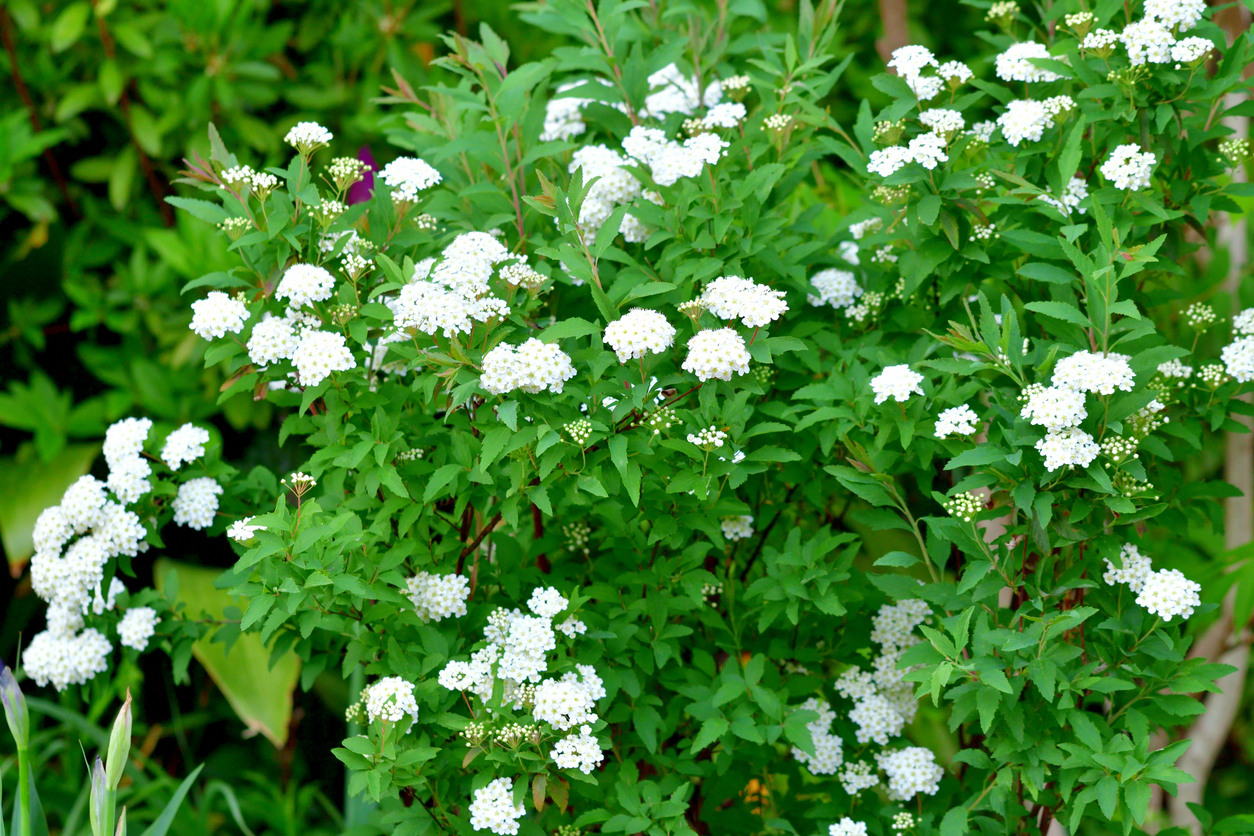
One of the easy ones, spiraea roots from softwood or semi-ripe cuttings in 2 to 4 weeks. Actually, propagation might come too easily, since Japanese spiraea is considered highly invasive. If you want one of those, you probably won’t need to take cuttings; you should be able to find another gardener eager to pass on free self-sown seedlings or suckers.
RELATED: 12 Bulbs to Plant in the Spring for Showstopping Summer Blooms
